Caffeine Anhydrous Powder
Price range: $250.00 through $180,000.00
Caffeine Anhydrous Powder is a concentrated, fast-absorbing supplement that enhances energy, focus, and endurance. Ideal for workouts, study, or daily alertness, it supports weight management and performance. Use responsibly, as high doses may cause jitters, restlessness, or insomnia.
Description
What Is Caffeine Anhydrous?
Caffeine Anhydrous Powder anhydrous literally means “caffeine without water.” It’s a synthetic or natural dehydrated form of caffeine that is more potent by weight than regular caffeine sources like coffee.
- Chemical name: 1,3,7-Trimethylxanthine
- Molecular formula: C₈H₁₀N₄O₂
- Appearance: White, crystalline powder
- Solubility: Soluble in water
- Half-life: 3 to 7 hours in healthy adults
⚡️ Uses
Caffeine Anhydrous Powder anhydrous is widely used for its stimulant effects:
- Energy boost
- Mental alertness and focus
- Weight loss (as a thermogenic)
- Athletic performance enhancement
- Pre-workout supplements
- Headache and migraine treatments (in combination with other drugs)
💊 Common Dosage
Typical caffeine anhydrous doses range from 100 to 300 mg, depending on the purpose and individual tolerance.
- Purpose Dosage Range
- Mental alertness 100–200 mg
- Athletic performance 200–400 mg
- Fat burning 100–300 mg
⚠️ FDA recommended daily caffeine limit: 400 mg/day for healthy adults
🧠 Mechanism of Action
Caffeine works primarily by blocking adenosine receptors in the brain. Adenosine is a neurotransmitter that promotes sleep and relaxation. Blocking it leads to:
- Increased dopamine and norepinephrine
- Higher alertness and concentration
- Reduced fatigue and perception of effort
☠️ Side Effects & Risks
While effective, caffeine anhydrous can pose risks if overused or misused:
Common side effects:
- Jitters
- Insomnia
- Increased heart rate
- Anxiety
- Nausea
Serious risks (from high doses):
- Heart palpitations or arrhythmias
- Seizures
- High blood pressure
- Death (extremely rare, usually from >5 g dose)
Lethal dose: Estimated around 10 grams, but even 1–2 grams can be dangerous depending on individual sensitivity.
✅ Benefits (When Used Responsibly)
- Improves cognitive performance and reaction time
- Increases physical endurance and strength output
- May slightly enhance fat oxidation during exercise
- Fast-acting and easy to dose precisely in powder or capsule form
🧪 How It’s Made
- Caffeine is extracted from natural sources (like coffee beans or tea leaves)
- It’s then purified and dehydrated (removing water)
- The resulting white powder is standardized and often mixed into supplement blends
🧾 Labeling and Regulation
- In the U.S., the FDA requires labeling caffeine content in dietary supplements.
- In pure form, it’s been associated with accidental overdoses, so many retailers now restrict sales or require warning labels.
🧠 Tips for Safe Use
- Start small: Try 100 mg if you’re new to it
- Avoid late-day use: Can cause sleep issues
- Don’t mix with other stimulants (ephedra, yohimbine, etc.)
- Stay hydrated
- Track total caffeine intake from all sources (coffee, soda, energy drinks)
Additional information
| Quantity | 1kg, 1 ton, 10tons |
|---|

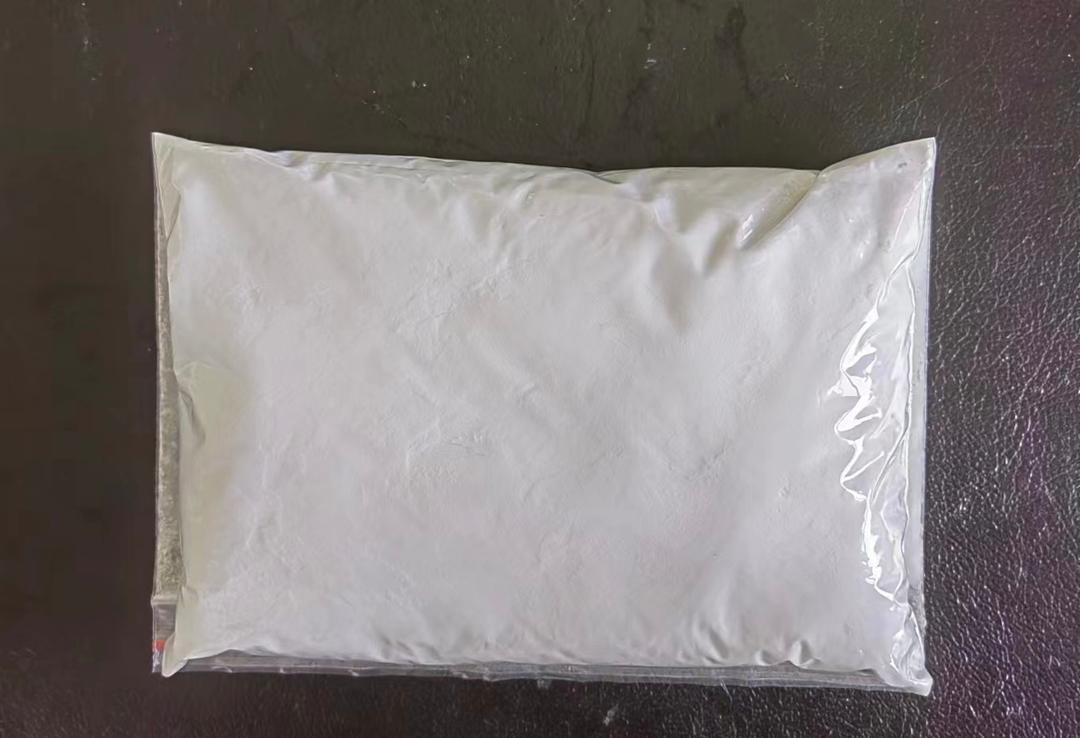
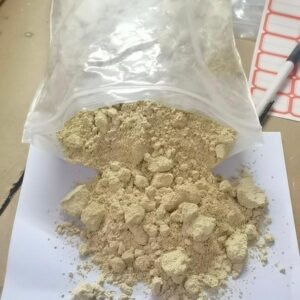
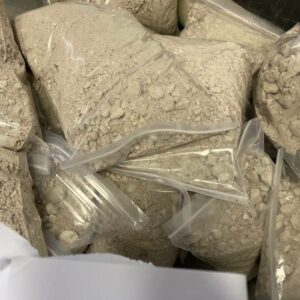
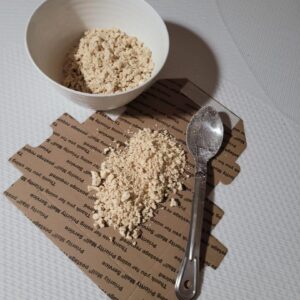
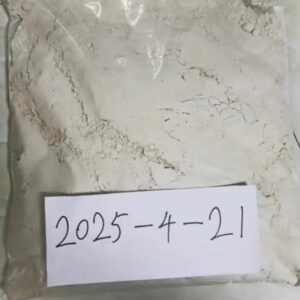
Reviews
There are no reviews yet.